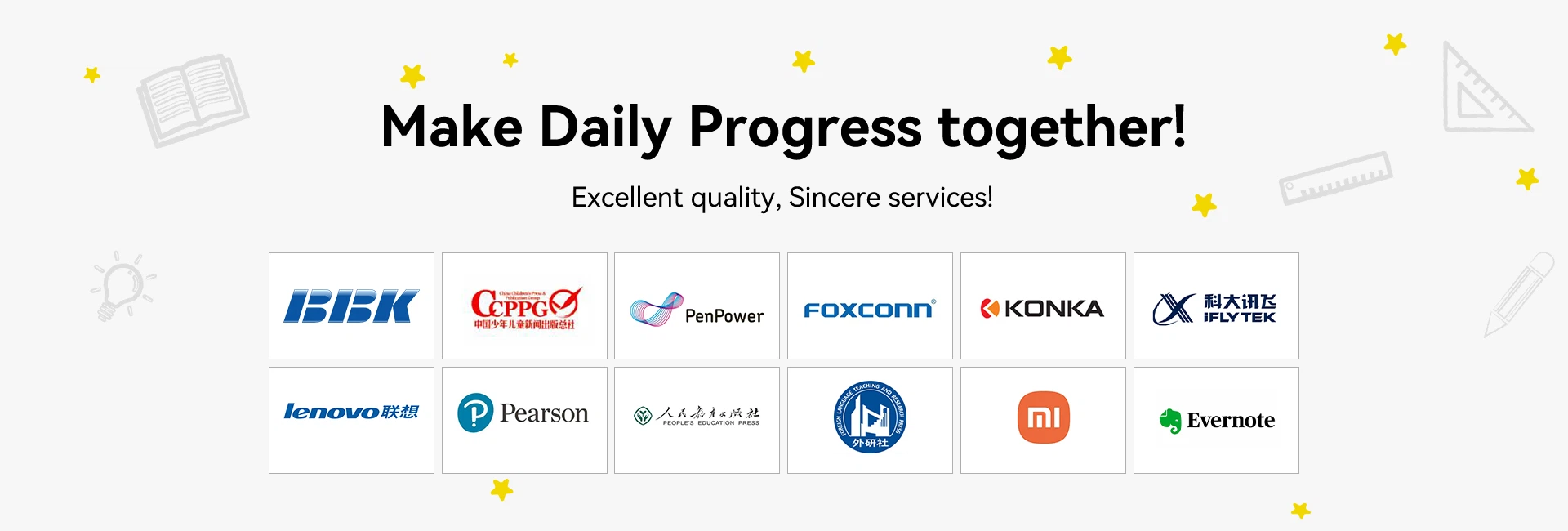Characteristics of the consumer electronics field:
The consumer electectronics field is very different from industrial fields such as system products, automotive electronics, and heavy equipment, and even from the pan-industrial field such as home appliances. The important point is naturally that the end user of consumer electronics is an individual. The behavior of a group of individuals with independent thinking ability is difficult to predict. Companies that capture consumer psychology and launch electronic products that can quickly transform consumers from unheard to favorites have become epoch-making leading companies, such as Apple. Secondly, the number of enterprises covered by the entire industrial chain of consumer electronics products is conventionally larger than that in the industrial sector.
In the field of consumer electronics, it is likely that many different companies will be responsible for design, production, promotion and sales. Third, the verification cycle and iteration cycle of consumer electronics products are relatively short
However, whether a consumer electronic product can truly become a hot product can not only be determined by both the consumer and the product company. In fact, every link in the entire industrial chain will affect the performance of the product. For consumers, their motivation to buy a certain consumer electronic product is nothing more than these points: saving money, saving time, being beautiful, and conforming to the crowd.
As for the entire consumer electronics industry chain from bottom-level chips, components, agents, foundries to solution providers, brand owners, etc., conventionally, profit is the only purpose for everyone to enter this industry.
Analysis of development trends in the field of consumer electronics:
Consumer electronic products also have the characteristics of rapid update of old products and endless new product forms. Some consumer electronic products have even existed in the market for a long time. However, not only for consumer electronic products, but for all electronic products, the demand for electrical energy is a must. Whether using batteries or direct AC power. Therefore, the power management chip related to power supply and electricity consumption is a kind of existence that transcends the product form for electronic products. The same series of power management chips can be used in old products and can be adopted by newly emerging electronic products. And it is necessary.
From the capital markets in the developed regions of the semiconductor industry to A-shares, there are many listed companies that include power management chips and even focus on power management chips in their product series. This also shows that the market capacity in this field is indeed as broad as the ocean. Accommodate many companies to develop, profit, and capitalize in this market.
ACDC, drivers, controllers, rectifiers, DCDC, buck-boost, LDO, charge and discharge management, lithium battery protection, fuel gauges, power MOS tubes, PD protocols, etc., are all power management chips, even if they are concentrated in the consumer electronics field. It is also difficult to judge because there are so many categories. Except for PD protocol chips which have more digital circuits, the rest of the power management chips are more purely analog circuits, which have a very strong dependence on design capabilities and the craftsmanship of the fab.
For investors, although they are discussing the field of consumer electronics, when talking about power management chip design companies, they hope that they can still have the ability to move up, penetrate into the pan-industrial field, and enter this type of high gross profit and stickiness. Strong, stable growth market. In this case, the target chip design company you are looking for needs to have advantages in mid-to-high-end analog circuit design capabilities and the acquisition of high-quality supply chains, and be stronger than competitors.


